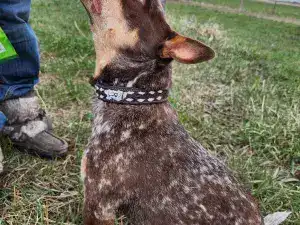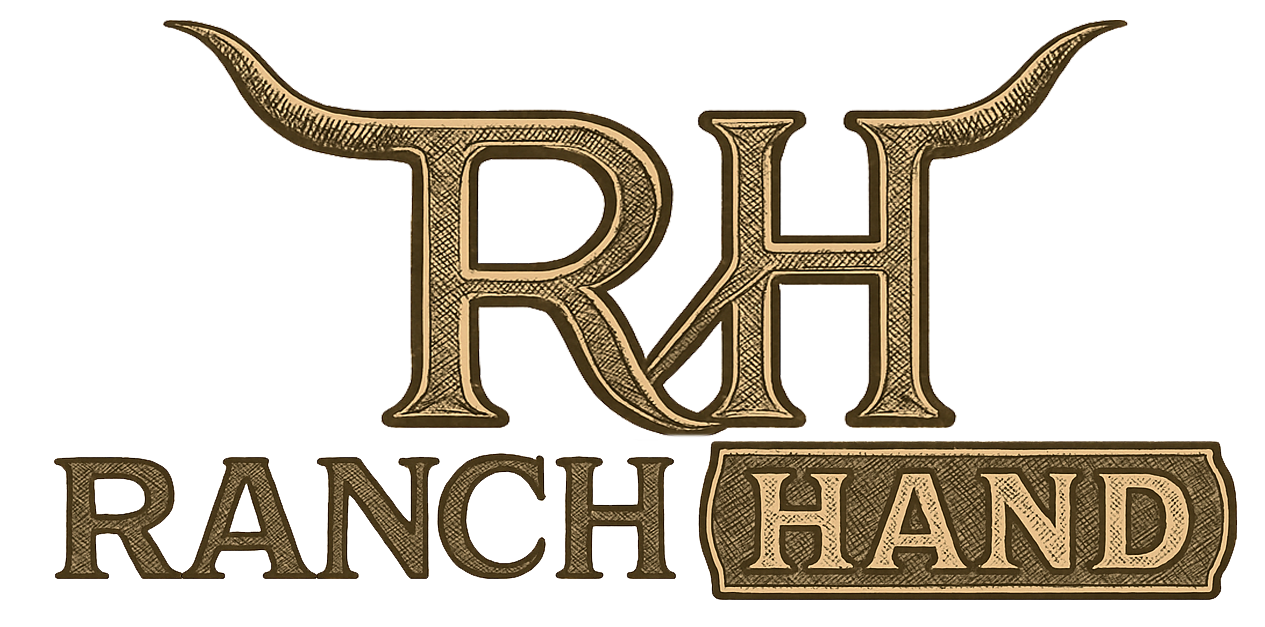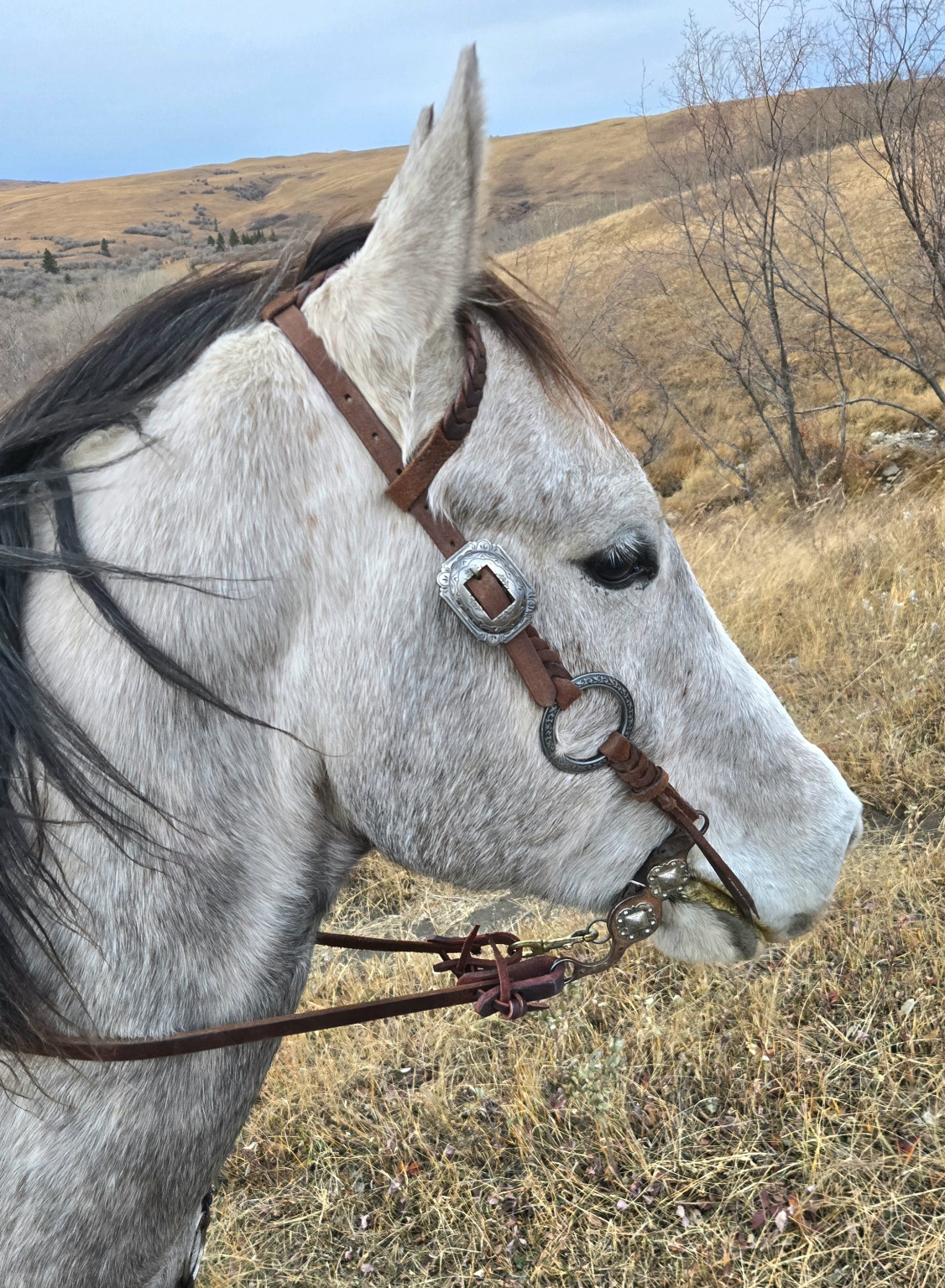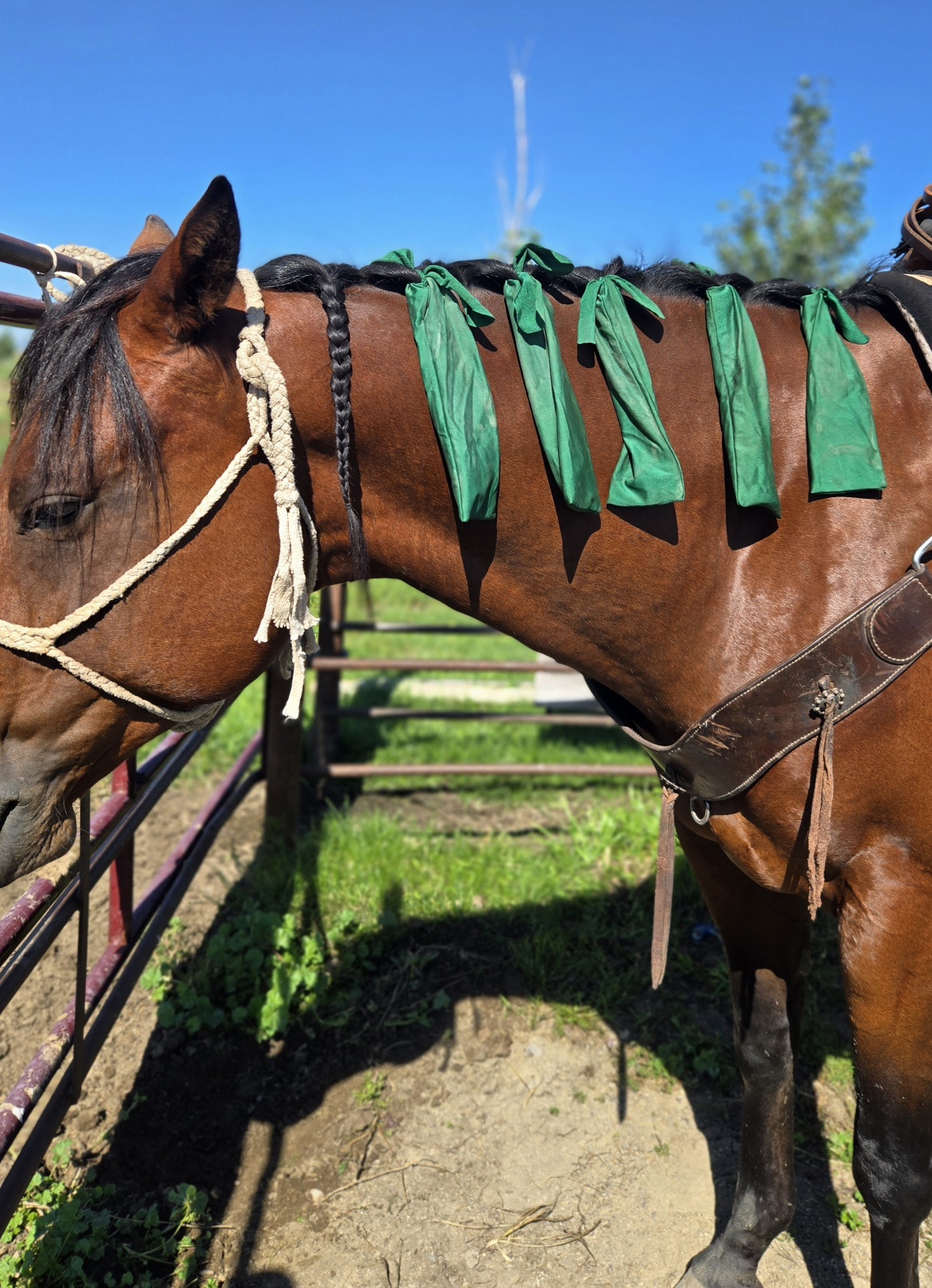A small leather dog collar isn’t just a pretty accessory—it’s a smart choice for your pup’s comfort, health, and safety. Today, many dog owners pick fun-looking collars that might hurt their pups or break easily. This blog explains why real leather—soft, natural, and tough—is better than cute-but-cheap gear. You’ll learn why small dogs need the right fit, what makes quality leather stand out, and how to pick a collar that’s stylish and safe.
Small Dogs, Big Needs: Why Sizing & Fit Matter More
Small dogs have tiny necks with thin skin and delicate bones. A collar that’s too tight can hurt their throat or choke them. A big, heavy collar can make them uncomfortable or change how they walk. That’s why choosing a collar sized just for them—neither too tight nor bulky—is a big deal. Builders of collars designed for toy and small breeds keep this in mind. They use light, narrow materials that fit small dogs well while staying secure.
What’s Actually in Most “Cute” Collars
Cheap collars that look nice often hide bad stuff. They may use fake leather (made of plastic), metal parts that rust or itch, or dyes that hurt skin. This can lead to itching, rashes, and allergies. Because they’re not strong, they wear out fast. You might end up buying replacements a lot—making them cost more over time.
The Leather Difference: Real Material, Real Benefits
Real leather comes from animal hides. It’s natural, breathable, and softens with time. That means it gets more comfortable the longer your dog wears it. It’s also less likely to cause skin problems. And because it’s durable, a good leather collar can last for years, not just months. You get more value out of it—and your dog gets better wear.
Comfort First: How Leather Supports Your Dog’s Health
Soft leather feels gentle against your dog’s fur and skin. It doesn’t pull or tangle long fur. That makes it ideal for breeds like Shih Tzus or Pomeranians. Plus, real leather can help prevent hot spots—small irritated spots on the skin that get red and sore. Some dogs also have allergies to fake materials or plastics. Genuine leather avoids many of those risky chemicals.
Safety You Can Trust: Strength Without Bulk
Real leather collars don’t break as easily as flimsy alternatives. They stretch a bit and hold strong under pressure. Over time, they don’t crack or snap like plastic-based collars do. You can also find collars with padded or rolled edges—extra soft cushioning for tiny necks that adds comfort without being thick.
It Still Looks Amazing (Yes, Style Counts Too)
Leather isn’t just safe—it’s stylish. It comes in classic brown or black, and options like custom colors, brass hardware, or hand-stamped nameplates. A real leather collar can look chic and be practical. That’s a winning combo if you care about style and function.
When Cheap Collars Cost More
Spending less upfront isn’t always saving money. Cheap collars break often, so you buy more. Replacement collars still aren’t as comfy or long-lasting. Plus, a bad collar can cause vet visits for skin problems or injuries. Real leather lasts longer and protects your dog better. In the long run, it saves you time, money, and worry.
How to Pick the Right Real Leather Collar
Look for these features:
- Width: For small dogs, choose ½ inch to ⅝ inch (about 12–15 mm).
- Soft leather: Should start flexible, but get softer with wear.
- Stitching: Even, tight stitching shows good build quality.
- Hardware: Use brass or stainless steel that won’t rust or flake.
- Padding or rolled edges: Helps prevent rubbing on the skin.
- Size adjustment: Make sure it’s easy to fit around a small neck.
Measure your dog’s neck with a soft tape, leaving room for two fingers to fit under the collar for comfort. You can also check customer pictures and see what other small-dog owners say about fit and softness.

Conversation: Why I Switched to Leather for My Tiny Pup
Hey there! Let me tell you why I switched to a real leather collar for my Pomeranian, Luna. At first, I always picked the cutest collars at pet stores—bright colors, fun designs, cheap price. But within a few weeks, the fabric started fraying, the metal got discolored, and Luna scratched her neck just wearing it.
One day, I tried a narrow soft leather collar. The first time she wore it, she looked so comfy. The leather felt soft and didn’t slide around her neck. Over time, it loosened up and felt like a gentle hug every time she moved. I didn’t have to replace it, and no more scratching or redness. Other dog owners even complimented the style—and I felt good knowing it was safe and durable.
That’s why I truly believe: your small dog doesn’t just need a cute collar—they deserve a smart, safe, beautiful REAL leather collar.
Conclusion
Leather collars aren’t just nice to look at—they’re safer, comfier, and smarter for small dogs. They take care of skin, avoid itchy materials, look great, and stand strong. When you pick a real leather collar, you’re investing in quality and care. Your little pup deserves the best—and what better way to show it than with a collar that looks good and does good?
Frequently-Asked Questions (FAQs)
How tight should a leather dog collar be for a small dog?
Leave room for two fingers beneath the collar. That ensures it’s snug but not choking or tight.
Can leather collars get wet?
They withstand some water, but don’t soak them. Clean gently and let them dry slowly. Use a leather conditioner if the collar feels stiff.
My dog has sensitive skin—will real leather help?
Yes! Leather breathes and is free from many irritants. Padded or lined collars are even better for extra protection.
How long does a leather collar usually last?
With good care, a quality leather collar can last 3–5 years or more—much longer than plastic or fabric collars.
Is it hard to clean a leather collar?
Not at all. Wipe off dirt with a damp cloth, let it air dry, and use a leather conditioner every few months. Avoid soap and hot water.




